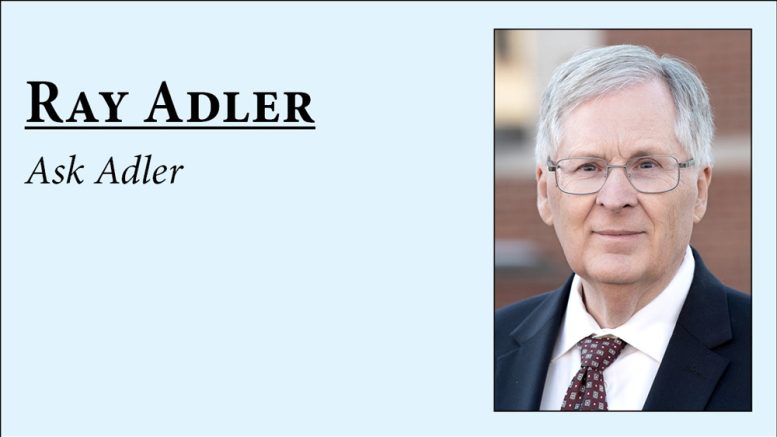A group of young men were sent to the Indiana territory to begin the process of surveying in 1804.
The 1783 Treaty of Paris found the British surrendering their claim to the 13 colonies and ceding a vast amount of Western and Southern territories to the young United States. The government was in dire economic straits, and in order to grow and pay debt, they wanted to sell this new land.
Thomas Jefferson believed that making land available to individual farmers in small plots as opposed to only the wealthy was the best answer. In 1785, Jefferson wrote, “We now have lands enough to employ an infinite number of people in their cultivation. Cultivators of the Earth are the most valuable citizens. They are the most vigorous, most independent, most virtuous, they are tied to their Country and wedded to its liberty and interest by the most lasting bands.”
The land ordinance of 1785 standardizing surveying methods. The Ordinance of 1784 provided the lands sold by Congress to be divided into distinct states by parallels of latitudes so that each state shall comprehend from North to South two degrees of latitude beginning to count from the completion of 45 degrees North of the equator and by meridians of longitude one of which shall pass through the lowest points of the rapids of Ohio and the other through the Western cape of the mouth of the Great Kanawha; but the territory Eastward of this last meridian between Ohio, Lake Erie, and Pennsylvania shall be one state whatsoever may be its comprehension of latitude.
The Ordinance went on to say that the settlers of any territory on their own petition or by order of Congress, when it had met the required 20,000 free inhabitants, Congress would allow them to establish a permanent constitution and government for themselves provided that it remain a part of the United States and that of course they be subject to pay a part of the Federal debts.
Starting at the intersection of the baseline and the second principal meridian located South of Paoli, in Orange County, land was measured in Congressional Townships measuring six miles by six miles. Congressional Townships were divided further into 36 sections measuring one mile square, each section contained approximately 640 acres of land. Sections were often divided into half sections at 320 acres, quarter sections at 160 acres, half-quarter sections at 80 acres, and quarter-quarter sections of 40 acres.
The task of marking the line on the landscape that had been mathematically planned by theory was given to this group of young men. The theory was created by Jared Mansfield based on publication of his book, Essays, Mathematical and Physical. The task of marking the line on the landscape fell to a small crew lead by Deputy Surveyor Ebenezer Buckingham, Jr.
Mansfield appointed Ebenezer Buckingham to lead a crew to run a baseline in 1804. They began at a point on the South side of Vincennes tract and ran a line East for 67.5 miles, marking miles and half-miles on trees. Buckingham and his crew then went to the southeast corner of the Vincennes tract and ran a line due North until they reached the baseline. Hamilton County is laid out in this checkerboard fashion. Each square North is a Township and each square to the Right or Left is a Range, thereby allowing each Township to be plotted out on an X/Y axis.
Everything worked out perfectly. Unfortunately, a checkerboard is square while the Earth is round. To make up for this difference, some of the sections in Jackson Township may be longer or shorter than 5,280 feet.


Be the first to comment on "Survey of surveying"